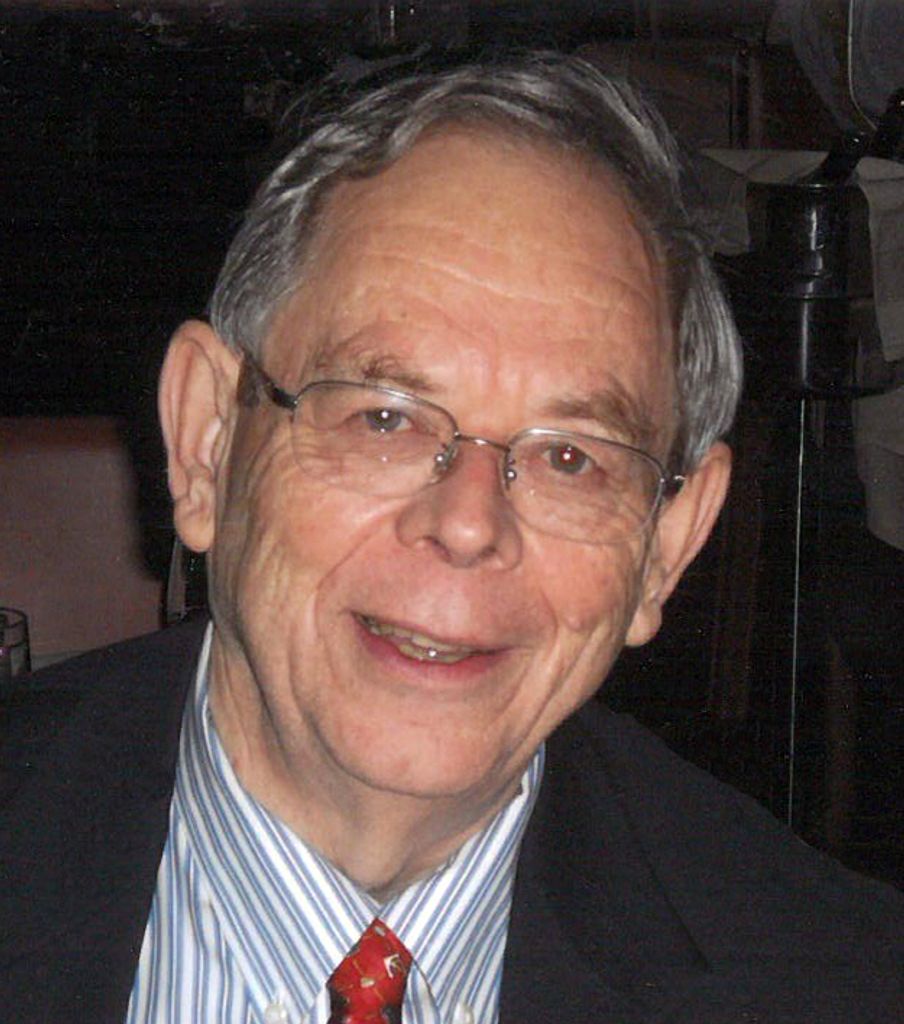

John A. Bewick
d. December 25, 2014

Send a Sympathy Card
Past Services
Visiting Hours
Celebration of Life Service
Funeral Mass
Tuesday, December 30, 2014
Starts at 10:00 am (Eastern time)
John A. Bewick
John Arters Bewick of Hingham, formerly of Newton, passed away at home on Christmas Day, surrounded by family, carols and Christmas light. A loving and intelligent man, with a great heart, and a warm humor, he worked to improve the environment during his life, as well as to influence the safety of nuclear power, and to help businesses in their efforts to comply with complex environmental, health and safety regulations. He valued integrity in government. He was Massachusetts third Secretary of the Executive Office of Environmental Affairs, and his name was engraved in granite at “Secretaries Landing” on the Charles River in Boston while he was alive to enjoy it.
John is the father of three beloved children, John Wallace Bewick of Tewksbury, Sarah Bewick of Lexington, and Benjamin Bewick of San Francisco. He also leaves dear friends Ray Rist and Farzin Saberi, who have inspired him with their courage in the face of debilitating illness, and Mother Olga Yaqob, who has inspired him with her love of God. John is affectionately called a “fourth child” by Howard and Estelle Raiffa of Tucson, his thesis advisor and wife.
He was married to Hannah Wallace Bewick, his beloved wife who predeceased him in 1979. He leaves his dear wife Martha Reardon Bewick, with whom he celebrated their 15th anniversary in November, his former wife Dr. Jennifer Daly, his brother Robert Dixon Bewick of Dover, Delaware, his niece Karen Bewick and nephew Ken Bewick, his brothers-in-law Tom Reardon, and Dave Reardon and their wives Calder and Ginny, many nephews, cousins and nieces by marriage, and many friends who also loved him dearly.
The son of Robert Dixon and Catherine Arters Bewick, John was born in Baltimore on March 16, 1937, and brought up in West Virginia and in Baltimore. A proud graduate of Baltimore Polytechnic Institute, he was inspired by its legendary headmaster Wilmer Dehuff to attend Cornell, where he majored in engineering physics, managed the Big Red Band, and was a leader in the Wesley Foundation.
Following Cornell, he attended the University of Michigan, where he earned an MS in nuclear engineering. He was there in 1960 when John F. Kennedy arrived at 2AM on a campaign tour, and announced the idea of the Peace Corps. Following work for the Rickover Navy at Bettis Atomic Power Laboratory in Pittsburgh, and inspired by Kennedy, he joined the Peace Corps, and taught physics at Ahmadu Bello University in Nigeria. Concerned about what he observed as corruption in government, he applied to the Harvard Business School, with the intention of bringing integrity to government administration. He received an MBA, as well as a DBA in statistical decision theory with his study of the “Optimal Number of Backup Concepts for the Liquid Metal Fast Breeder Reactor.”
His career took him from the New York City Environmental Protection Agency, where he worked in planning, to the Atomic Energy Commission, where he worked with AEC Chairman James Schlesinger, and wrote the guidelines for the National Environmental Policy Act review of advanced nuclear power plants, WASH-1400 (the Reactor Safety Study) guidelines, and managed the redraft of the nuclear power environmental impact statement process. He moved to the Boston area to work with the Cabot Corporation in research and development. In 1979, Governor Edward F. King appointed him Secretary of the Executive Office of Environmental Affairs, where he personally advocated, and his office implemented the first bottle bill. He oversaw the signing of the Barrier Beach Executive Order, the first Scenic River in Massachusetts, the hazardous waste regulation, management and disposal statute, restoration of the bald eagle, and the Agricultural Preservation Act, among other initiatives. He organized reunions every five years with his former EOEA staff. They most recently boarded a Boston Harbor ferry in June, 2014, for chowder and reminiscences as they toured the newly clean harbor…an initiative begun during the King administration. The EOEA office was anchored by a winning softball team called the “Bewickrats.” The key to his effectiveness was his fairness and evenhandedness. John said, in later years, that he achieved his goal of integrity in government within the first month as Secretary, when he was able to force the firing of potential commissioners who intended to collude on construction bids.
His appointment as the state’s top environmental officer caught him somewhat by surprise. Before taking office, King publicly invited anyone to apply for key positions. John took the governor-elect at his word and, with no political sponsor, mailed in a resume that was quickly accepted. King had a pro-development reputation and backed several projects in sensitive coastal areas that were opposed by environmental advocates. John strived to assure that these complied with all regulations. At the same time, as he recalled later, in the course of sometimes flying with the governor to ceremonial events in western Massachusetts, John would seize opportunities to point out to King that below them were wide swaths of land that seemed much better suited to commercial development, and to explain why.
Following his work in the public sector John created the Tufts University Center for Environmental Management with Jean Mayer, then left to form his own consultancies, focused on a range of environmental issues, with a particular focus on compliance management. Aware of companies being overwhelmed by environmental, health and safety regulations, he created compliance management systems that helped corporations meet and manage regulatory requirements. His clients included Ocean Spray, Polaroid, and H.C. Starck Inc., among others. He taught the Environmental Management course at MIT’s Department of Urban Studies and Planning, and organized climate change forums.
Always active in nuclear energy areas, he in recent years became a contributing editor to Public Utilities Fortnightly, and monitored and wrote about issues of nuclear waste management and next generation nuclear power, as well as clean tech. His articles and commentary about a range of environmental and nuclear power issues have appeared in various newspapers. John became a Greenhouse Gas Verifier, and was part of Enviroplan Consulting’s greenhouse gas team. His last proposal earlier this year was prepared for the Chinese Embassy, and offered China new ways to clean up and document air pollution, based on best cases, and the experiences of Los Angeles and London.
Past Moderator of First Baptist Church of Newton Center, where he sang in the choir for many years, he was Chair of its Endowment Committee through December, 2014. He chaired Advocates for Transportation Alternatives in Hingham and was active in many organizations, John was most proud of his work as an organizer in a two-year effort to alleviate the starvation in Biafra in the 1970s. Recently, he created several lecture series at New North Church in Hingham, which focused on the Alcott family, on environmental change caused by global warming, and on experiencing God through music. He was a member of New North Church in Hingham, and of Hingham’s Energy Action Committee.
In recent years, he was delighted to learn that he was a descendant of both Pilgrims and Puritans, and of Revolutionary War patriots, with deep roots in New England, English and Scottish history. John recently became a member of the Sons of the American Revolution and the Edward Doty Society. Travels took him to ancestral homesteads across the US and in Great Britain. He loved to sing, and to solve the problem of the world with his friends. He was famous for his annual Christmas fruitcakes, which he made and shipped out to family and friends for 40 years. The most famous one never made it to Minnesota, but the addressed and stamped box arrived, flattened, without the fruitcake.
John’s old school and work friends called regularly from across the country during his bout with esophageal cancer to check up, to advise and to encourage him. John was so grateful for the incredible web of kindness and care, for those who reached out, and for advice, prayers, food, flowers and the sunshine from loving hearts. He and his family are grateful for the wonderful work of Norwell Visiting Nurse, and of the Beth Israel oncologists and nursing team.
Family and friends are welcome to visit at Pyne-Keohane Funeral Home on 21 Emerald Street in Hingham on Monday, December 29, from 4 – 8 PM. His funeral will take place on Tuesday morning, December 30, at 10 AM, at New North Church on Lincoln Street in Hingham with a reception to follow. Burial will be private. Arrangements will be made by Pyne-Keohane Funeral Home.
In lieu of flowers, and in memory of John, contributions may be made to the Daughters of Mary of Nazareth, 509 Hammond Street, Chestnut Hill, MA 02467, or to a charity of one’s choice.
Past Services
Visiting Hours
Pyne Keohane Funeral Home
Celebration of Life Service
Pyne Keohane Funeral Home
Funeral Mass
New North Community Church
Guestbook
Visits: 52
This site is protected by reCAPTCHA and the
Google Privacy Policy and Terms of Service apply.
Service map data © OpenStreetMap contributors




